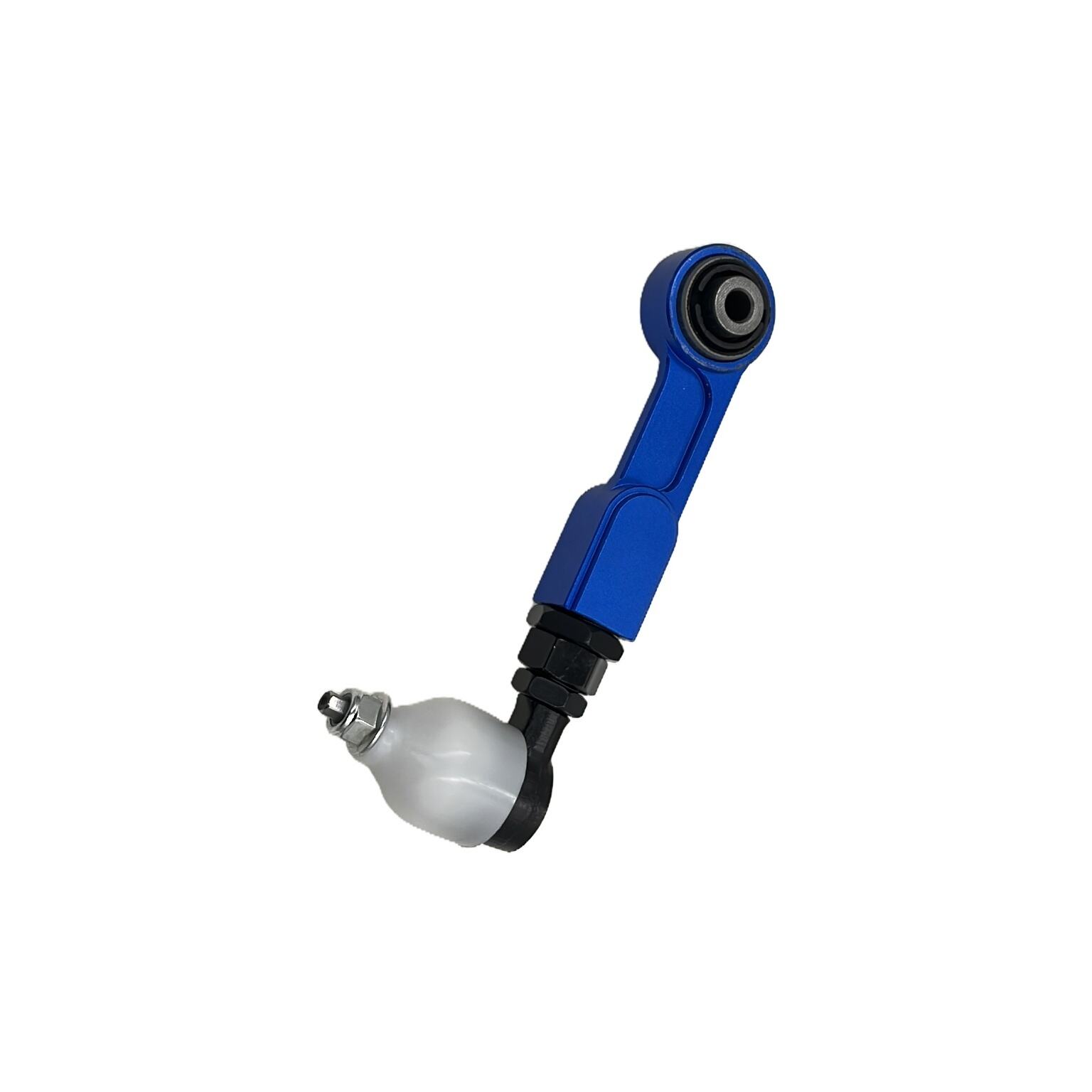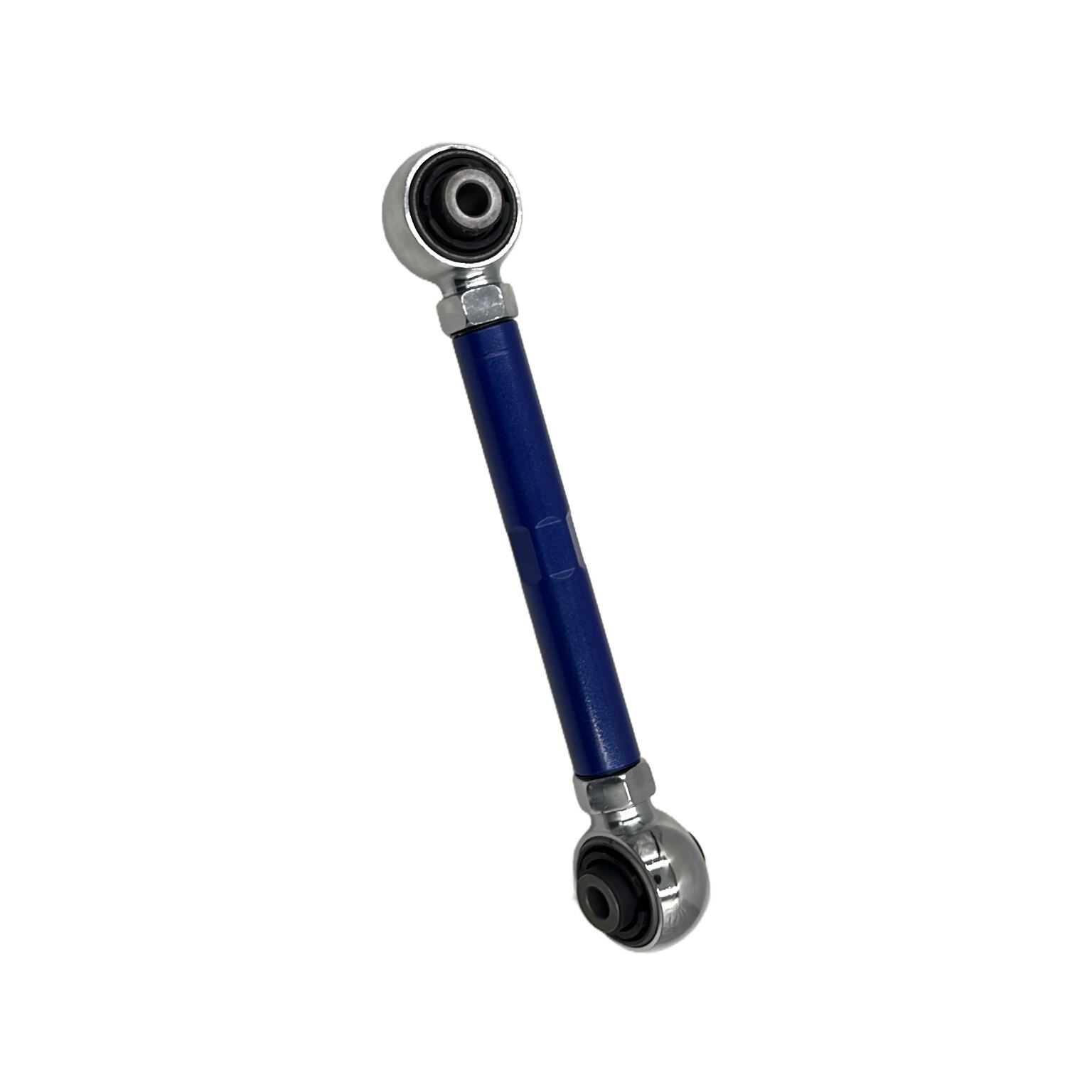Unlocking True Suspension Performance for Road and Off-Road Use
Modern vehicles are more advanced than ever, but factory suspension systems are often built with compromises in mind to suit a wide range of drivers and road conditions. For enthusiasts, off-road adventurers, and performance-oriented drivers, these limitations can result in less-than-ideal handling, reduced adjustability, and premature tire wear. This is where adjustable control arms come into play. By replacing the stock components with precision-engineered adjustable control arms, drivers gain the ability to fine-tune suspension geometry to match their specific needs. Whether you’re lowering your car for track performance or lifting your SUV for trail dominance, adjustable control arms offer unmatched flexibility and long-term durability that stock parts simply cannot provide.
Improved Wheel Alignment Capabilities
Fine-Tuning Camber and Caster Angles
One of the most significant advantages of installing adjustable control arms is the ability to fine-tune camber and caster settings. Camber refers to the vertical angle of your wheels, and when improperly set, it can lead to uneven tire wear and reduced cornering grip. Adjustable control arms allow you to achieve the ideal camber setting for your driving style—whether that means slightly negative camber for better track grip or factory specs for everyday driving. Caster, which affects steering feel and straight-line stability, can also be adjusted on certain setups. This level of control helps drivers maintain consistent alignment even after lowering or lifting a vehicle, ultimately preserving tire life and improving overall vehicle dynamics.
Compensation After Suspension Modifications
Many aftermarket suspension modifications, such as lowering springs, coilovers, or lift kits, alter the vehicle's geometry in a way that stock control arms can’t compensate for. As a result, alignment can be thrown off dramatically, causing handling issues and premature component wear. Adjustable control arms address this problem by offering a means to restore or even enhance the factory geometry. Once installed, they allow technicians or DIYers to dial in precise adjustments to offset the effects of suspension changes. This not only brings your car back to optimal alignment but also ensures long-term suspension health by reducing stress on related components.

Enhanced Vehicle Handling and Responsiveness
More Predictable Cornering Performance
For drivers who value responsive steering and confident cornering, adjustable control arms provide a significant upgrade over stock arms. Because they allow for more precise alignment settings, the tires maintain better contact with the road surface during turns, accelerating out of corners, or transitioning between lanes. This translates into more predictable handling and a connected driving experience, especially during aggressive maneuvers. Adjustable control arms also help reduce understeer or oversteer tendencies that can be caused by misaligned geometry. Whether you're driving on the street, the track, or gravel terrain, better control and feedback from your suspension system enhances safety and driver confidence.
Stability at High Speeds and Under Load
Suspension stability isn’t just important during cornering—it plays a huge role at high speeds and when the vehicle is under load, such as during acceleration or braking. Adjustable control arms help maintain correct suspension angles even when the vehicle body leans or squats, ensuring that tires remain in optimal contact with the surface. This results in improved straight-line stability, especially on uneven roads or when towing. For lifted trucks or performance cars with aerodynamic kits, maintaining correct geometry can also prevent excessive body roll or nose dive. Adjustable control arms create a more planted and composed driving experience, which is crucial for both comfort and performance.
Increased Durability and Strength
Built for Rugged Use and Longevity
Unlike stock components that are often made from stamped steel or lower-grade materials, most aftermarket adjustable control arms are engineered using high-strength steel or aluminum alloys designed to withstand extreme forces. They are frequently equipped with upgraded bushings, heim joints, or ball joints that resist wear and tear under demanding conditions. This makes adjustable control arms ideal for off-road enthusiasts, rally drivers, and anyone who frequently drives on harsh terrain. With better materials and construction, they offer a longer lifespan, reducing the frequency of replacements and maintenance costs over time. The improved strength also ensures consistent suspension performance, even in environments that would quickly wear out factory parts.
Resistance to Corrosion and Weathering
Many adjustable control arms are treated with powder coatings, anodized finishes, or corrosion-resistant layers that protect them from the elements. This is particularly important for vehicles exposed to moisture, road salt, or muddy environments where untreated components would degrade quickly. Upgraded hardware and sealed joints further reduce exposure to contaminants that can cause premature wear or failure. As a result, adjustable control arms maintain their integrity and performance characteristics for years, even under extreme climate conditions. Their weather-resistant construction ensures that your suspension system continues to perform reliably without the need for constant upkeep or replacement.
Customization for Specific Driving Needs
Perfect for Lifted or Lowered Vehicles
Drivers who modify the ride height of their vehicles often encounter suspension geometry issues that affect drivability and safety. When a vehicle is lowered or lifted, the angle of the control arms can change dramatically, leading to alignment issues, bump steer, and uneven tire contact. Adjustable control arms allow users to correct these changes by adjusting the length or position of the arms to match the new ride height. This adjustment restores the ideal alignment settings, prevents tire scrubbing, and reduces suspension binding. Whether you’re building a lowered sports car for track use or an overland vehicle for off-road exploration, adjustable control arms offer the precision needed to maintain smooth and stable handling.
Adapting to Different Driving Environments
Another major advantage of adjustable control arms is their ability to adapt your vehicle to various driving environments without major overhauls. For example, a driver who switches between street and track use can adjust camber settings to suit both conditions—neutral for daily driving and more aggressive for race days. Similarly, off-roaders can tune their suspension before and after trail runs to balance performance and comfort. This adjustability saves time and money by eliminating the need to swap out entire components when driving conditions change. The flexibility offered by adjustable control arms empowers owners to fine-tune their suspension systems to suit any scenario, making them a smart investment for versatility-focused drivers.
Better Tire Wear and Cost Efficiency
Even Tread Wear Across All Conditions
Poor suspension geometry often leads to uneven tire wear, which not only affects performance but also shortens the lifespan of your tires. Adjustable control arms enable users to maintain correct camber and toe angles regardless of modifications, ensuring that tires wear evenly across their contact patches. This is especially important for performance tires that are expensive to replace and for vehicles that see a mix of city and highway driving. By maintaining proper alignment through the use of adjustable control arms, you’ll get more mileage out of each set of tires and avoid costly premature replacements.
Long-Term Savings on Repairs and Maintenance
Although adjustable control arms may have a higher upfront cost compared to stock replacements, they provide significant savings in the long run. By preserving correct suspension geometry, they reduce the strain on related components such as ball joints, tie rods, and shocks. Fewer alignment issues mean fewer visits to the shop for realignments or suspension repairs. Additionally, the high-quality construction of adjustable control arms ensures a longer lifespan, reducing the need for frequent part replacements. Over time, the improved efficiency and reduced wear on tires and suspension components add up to noticeable savings and better overall vehicle health.
FAQ
Are adjustable control arms worth the upgrade?
Yes, adjustable control arms offer better alignment control, improved handling, and long-term durability, making them a valuable upgrade for both performance and everyday vehicles.
Can I install adjustable control arms by myself?
With the right tools and mechanical knowledge, many vehicle owners can install adjustable control arms at home, though a professional alignment is recommended afterward.
Will adjustable control arms affect my ride comfort?
When properly installed and aligned, adjustable control arms often improve ride comfort by maintaining correct suspension geometry and reducing harshness.
Do I need adjustable control arms if I haven’t modified my suspension?
Not always, but they’re especially useful for vehicles with altered ride height or alignment issues. They can also future-proof your car for later suspension upgrades.

